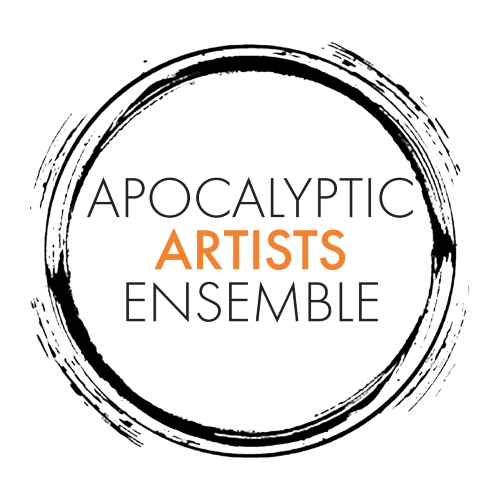Adapting As You Like It
Director Kea Trevett shares her vision for a contemporary retelling of As You Like It.
A Scene from As You Like It painted by John Collier
What inspired you to propose Shakespeare’s As You Like It as Apocalyptic’s next project?
Apocalyptic’s mission is not just to bring theatre to young people, but to bring young people into the artistic conversation. I proposed the material for our next filmed adaptation in response to some present trends I’ve seen in the creative work of my young playwrights and theatre makers: a curiosity about gender identity and sexuality, a feeling of isolation and powerlessness, and a growing anxiety about the global climate crisis.
The story of As You Like It follows Rosalind, a young woman who is banished from the society of Court and escapes to the Forest of Arden, where she starts a new life disguised as a shepherd boy, and discovers a newfound freedom of expression, identity, and love. With my students in mind, my initial interest in this play was inspired by the playwright’s interrogation and subversion of the fixed categories of identity, gender, and power that he observed in his society. My second interest was in the play’s exploration of the relationship between humans and nature.
Identity, power, and our relationship to the environment felt like perfectly resonant themes to meet this moment in the classroom. Two questions inspired my adaptation: how do we converse with people who see us differently than we see ourselves, and, how might we live in harmony with nature?
While developing the screenplay, I had an illuminating conversation with a friend, who introduced me to the indigenous concept of interrelatedness with nature, as embodied in the words of actor and activist Casey Camp-Horinek (Ponca) speaking at the People Vs. Fossil Fuels action in Washington, D.C. in October 2021: “We’re not protecting nature. We are nature protecting itself.” She argues that the separation of humans and nature is a false binary, and environmental stewardship, social justice, and self-care are fundamentally linked.
This conversation was a game changer. Seen in this light, our second question “how do we live in harmony with nature” encompasses both questions, and could be phrased as simply, “how do we live in harmony with each other,” or, “how do we live in harmony?”
Our production of As You Like It will journey from a Court society set in its ways and organized by rigid binaries, to a Forest community that evades this-or-that categorizations, encourages debate, and champions love (for each other, and ourselves… and therefore for nature.) Our Arden is a green world and a blank slate, on which to rehearse and redraft society as we like it. I have some proposals to make in the film, I can’t wait to hear what the students bring to the theatrical conversation.
What do you mean by “theatrical conversation”?
Conversation is very important to me as a citizen and a storyteller. Being in dialogue with others who have different points of view is how I learn. And art provides a useful container for conversation, because it appeals to our collective imagination.
As You Like It is a play about conversation. Once removed from the anxious action packed drama of the court, characters spend most of their time in the forest discussing their differing opinions and still managing to cohabitate. The play accepts that multiple points of view exist at the same time, and instead of fighting over their differences, characters gather, they debate, and they do what I’m always encouraging my students to do: they listen for understanding, even when they don’t agree.
In the age of social media, and in a country deeply entrenched in the culture wars, where social platforms and commercial news media outlets alike encourage us to pick a side, plug our ears, and scream at each other from the safety and isolation of our phones, this kind of conversation is a subversive act. It's what theatre is at its best: a gathering ritual to make space for conversation, empathy, and creative thinking. Beyond teaching students the plot, or the value of Shakespeare, or the rules of iambic pentameter, this call for theatrical conversation is the mission of the film, and the workshops.
What does living in harmony with nature look like in this production?
The environmental mission of the project is central to the production design, which will represent the citizens of Arden as living a sustainable, environmentally conscious lifestyle (with a focus on reusing and recycling, and reducing waste). The production itself will strive to meet the same standard by maintaining as minimal a carbon footprint as possible.
I hope our adaptation will offer an example of what this “nature protecting itself” mindset could look like in community practice, and a supporting social media campaign produced by the project’s sustainability advisor will offer concrete, accessible action steps for our audience to become better environmental stewards and avoid accepting waste as a foregone conclusion.
Why make a film and not a live production?
While it has been our intention since our founding to tour live theatre to our partner schools (stay tuned for a big announcement about this), the films check a lot of boxes for me as a teaching artist.
We see these filmed adaptations as the gateway to classical theatre for young audiences. We’re meeting students halfway by putting their first contact with the story of the play on screen in an engaging way, to support the work we’re doing in the classroom, which is grounded in theatrical techniques: embodied text work and collaborating as an ensemble.
From a teacher’s perspective, a filmed production can be captioned, played in chapters, replayed, and paused to check for understanding. Film solves a financial problem by enabling us to share our own productions, tailored to our students and our workshops, to more schools per school year, and to reshare them over multiple school years. This inherently solves an access problem: we can take on residencies at more schools than we would be able to visit with a live tour, and with the ease of a film, we can forge relationships with schools that hadn’t considered live arts programming in the past.
Beyond our initial target audience of New York City students, we see potential in our model to reach classrooms in other parts of the country, providing innovative live theatre curriculum supported by high quality productions, adapted with student audiences in mind and performed by talented New York stage actors (alumni from our past casts have worked off Broadway at MTC, Playwrights Horizons, and Atlantic, to name a few, as well as appearing in Broadway productions including The Inheritance, Potus, and King Lear).
As an artist, the benefit of making films is the gift and challenge of using the language and storytelling tools of film to tease out themes and plots in the plays that are harder to communicate in live performance. I’m specifically interested in character story arcs that culminate in huge group scenes, or events that happen offstage. I’m looking forward to using visual storytelling to flesh out some of the less text-heavy relationships in the play-- the lens can get so much closer than the orchestra seats!
— Kea Trevett, Director


